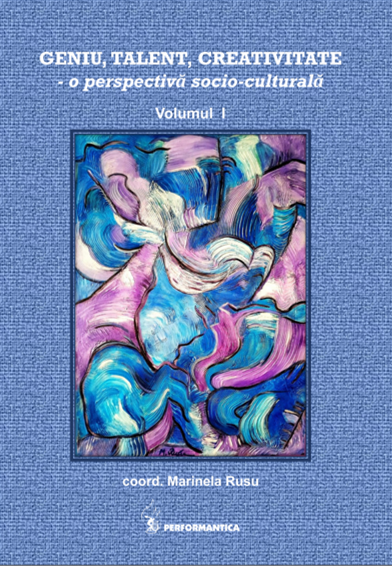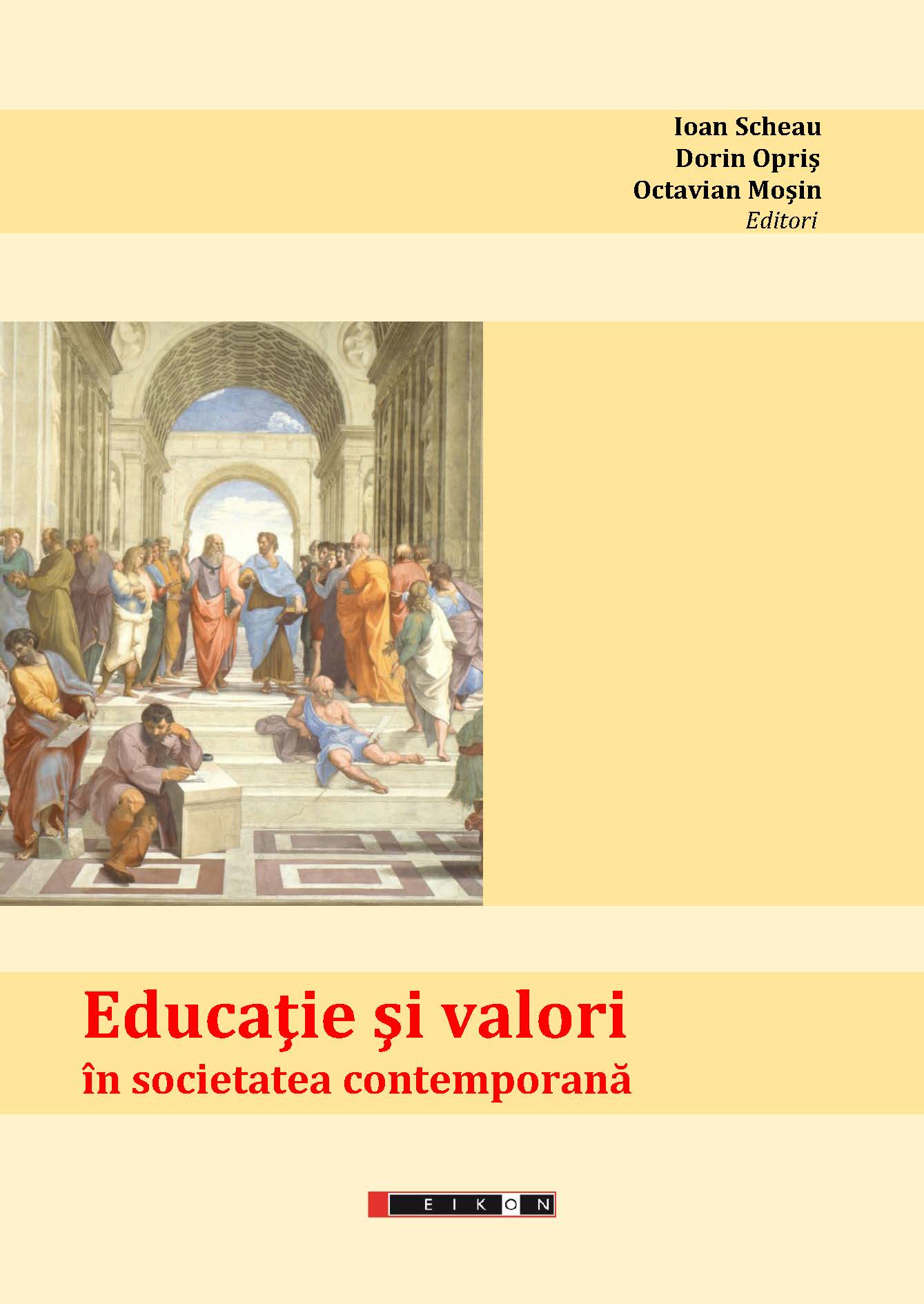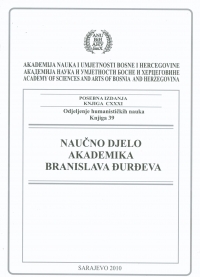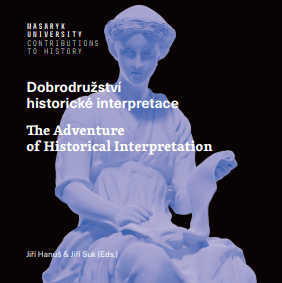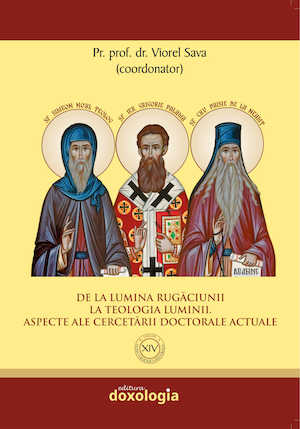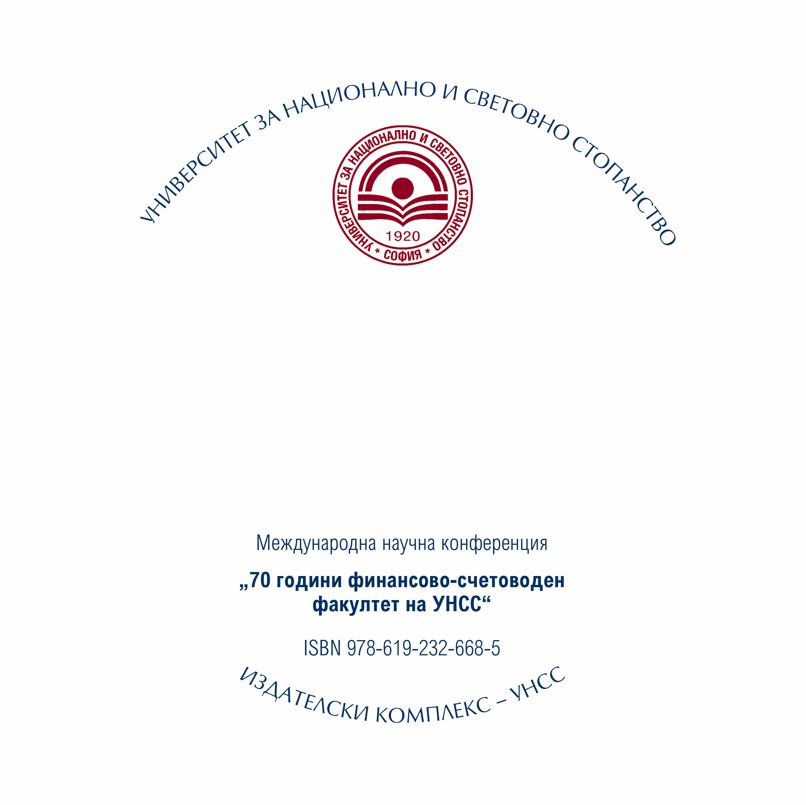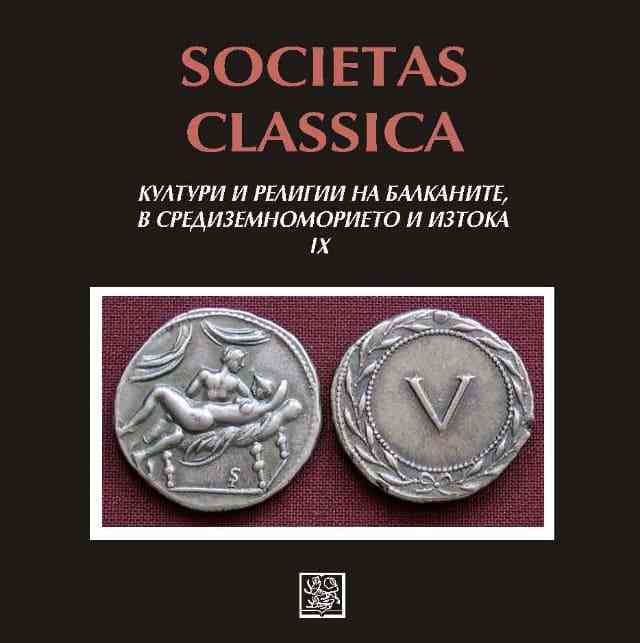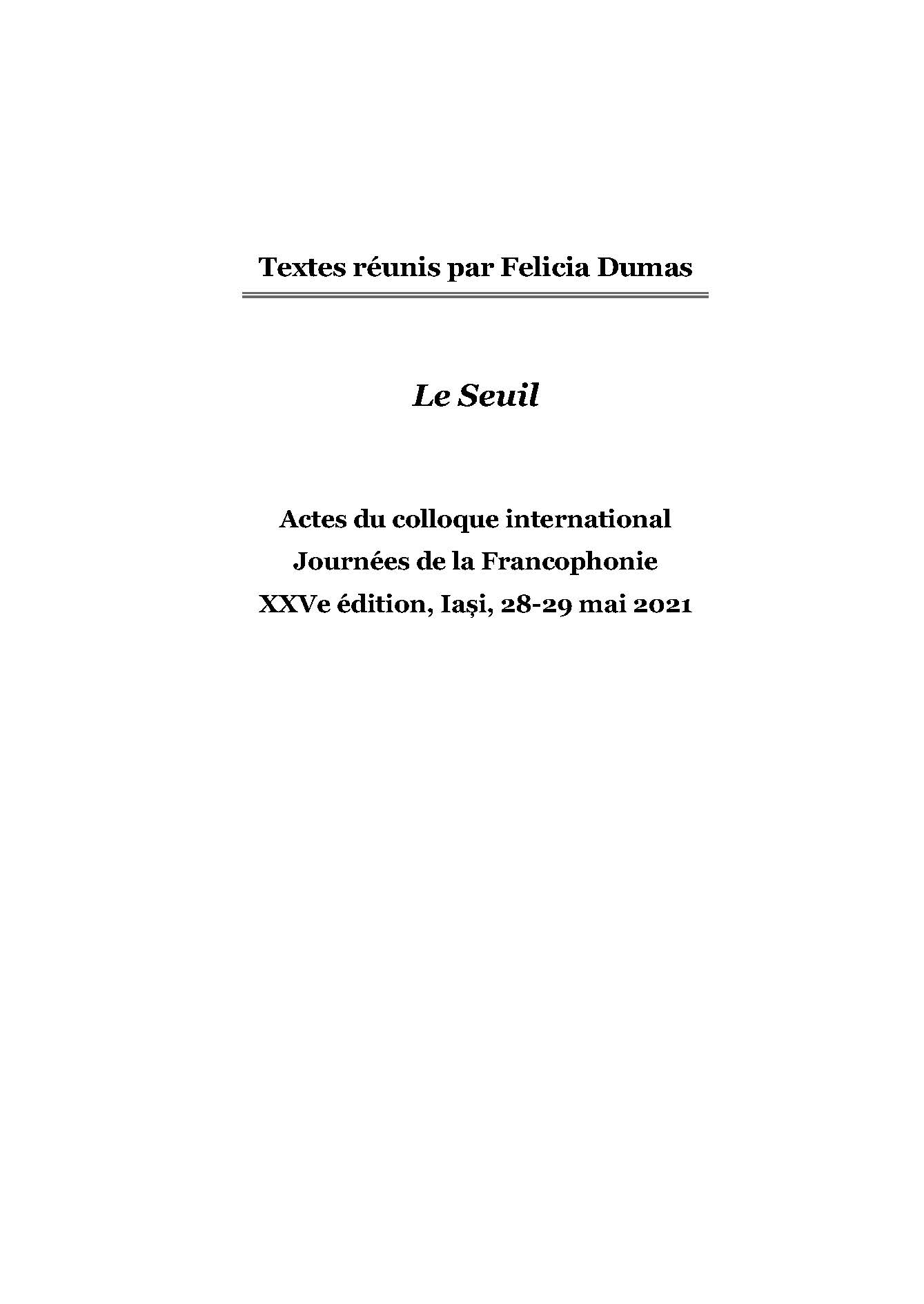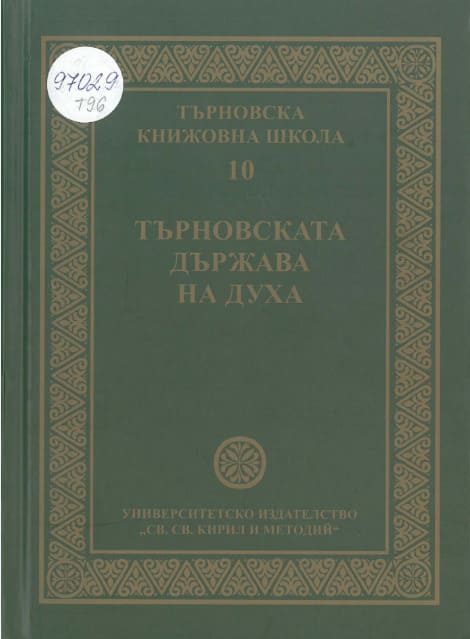
За някои трудности, които срещат регионалните музеи при приложението на Закона за културното наследство
Some of the individual aspects of the quoted problem have already been the topic of discussion in specialized publications after the adoption of the Cultural Heritage Act (CHA) and the ensuing secondary legislation (regulations, rules, classifier of basic museum occupations). They include articles, reviews or opinions (including online) along with a monograph devoted to the overall activity of regional historical museums in Bulgaria.The issues already outlined include the mechanisms of museums’ financing; a museum director’s nomination and possible dependences; in/adequate levels of competence of local authorities in the field of tangible and intangible cultural heritage; an absence of unified museum software and delaying digitalization of artefacts; an actually non-existent Register of artefacts that are national wealth.It is also possible to add: inadequate (or in fact missing) professional background of a large number of employees in the museums’ staff; absence of precise and more specific obligatory qualifications (theoretical education and practical skills) at the national level, in order to be appointed at the main positions in the museums; unjustifiably high or insufficiently clear criteria for inclusion in the various types of registers that should be established pursuant to the requirements of CHA, etc.
More...
